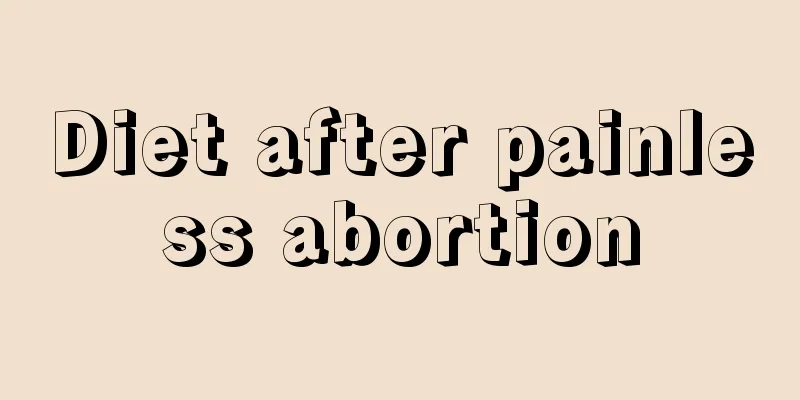The difference between curettage and abortion

|
Women need to have an abortion in time after an unexpected pregnancy. Currently, painless abortion is a relatively safe operation. Generally, the operation is painless and time-saving. Many women will choose painless abortion for abortion. Another abortion operation is forceps curettage. Many people don’t know about this operation. Some female friends who want to have an abortion don’t know what operation to choose. Let’s take a look at the difference between forceps curettage and abortion. 1. The difference between curettage and abortion Painless abortion uses anesthetics. Gynecological experts have found that painless abortion is currently a relatively safe abortion. Its advantages such as being painless and fast are welcomed by many women. In addition, with the development of medicine in recent years, more advanced abortion techniques have emerged. They are all based on painless abortion and add visualization or use micro-tube operations to make the operation safer. As the name suggests, curettage is to clamp the cervix with forceps and then use a special scraper to scrape it. It is a relatively old method. Embryos under 70 days old can be treated with conventional or painless abortion, while those between 70 and 100 days old can be treated with curettage. 2. Precautions after abortion 1. Keep the vulva clean and hygienic, wash it with warm water 1 to 2 times a day, and change sanitary napkins frequently. 2. You need to rest for 2 weeks after painless abortion and read less newspapers and watch less TV. 3. Eat more nutritious food to restore your body to normal as soon as possible. Generally speaking, cold drinks should be avoided for 7-10 days after surgery, and spicy food should be avoided within one month. 4. As long as you resume your sexual life after a painless abortion, you must take contraceptive measures to avoid getting pregnant again. Under normal circumstances, the endometrial repair period is about half a year, so special attention needs to be paid to prevent uterine damage caused by another pregnancy. 5. Do not take a sitz bath within 2 weeks or before vaginal bleeding has stopped. 3. Notes It is not advisable to eat foods that have the effect of strengthening uterine contraction and inducing labor: for example, cottonseed oil, leek, mangcai, purslane, kelp, oats, etc. have obvious inducing labor effect; the stems of purslane, cottonseed oil, leek, etc. can increase the contraction of uterine smooth muscle, and kelp and rabbit meat are cold in nature. Eating too much can easily cause fetal movement disorder and threatened abortion. If the patient eats it, it is likely to cause miscarriage, so they should not be eaten. |
<<: What should I do if I have painful contractions after an abortion?
>>: Does vaginal chickenpox require dietary adjustment?
Recommend
Severity of Trichomonas vaginitis
I believe many people are familiar with the gynec...
What to do if your breasts sag at the age of 19
Generally speaking, girls should be in their slen...
Principle of removing thread ends from episiotomy wounds
Giving birth is indeed a very challenging act for...
How to remove pregnancy spots
We all know that mothers give a lot to their chil...
Postpartum sex is more comfortable than before
Ten months of pregnancy may not seem like a long ...
A woman dreams of her money being robbed
It's late at night, and you will feel a littl...
What should I do if I can’t sleep due to tinnitus? Seven measures to help you
It is necessary to get enough sleep every day so ...
What are the methods to treat vulvar leukoplakia?
Leukoplakia of the genitals is a disease that tro...
The difference between spotting during pregnancy and menstruation
As girls grow and develop, they will experience t...
What are the signs of lung cancer in women?
Although there are many types of diseases, most o...
What to do if you have back pain during early pregnancy?
I believe everyone is familiar with the symptom o...
Is it possible to get pregnant if you have sex two days after ovulation?
Pregnancy is not something that can be rushed, it...
Ways to help you get pregnant
There is no couple who doesn't want to have t...
How to treat women who are particularly afraid of cold?
If women are particularly afraid of cold, they sh...
Can pregnant women pluck armpit hair?
Pregnant women are also very concerned about thei...









